The Mirror
EditorialAboutA+a Study CentreA+a ArchiveShopClose Menu
Empty shops are wounds. They pierce the body of the capitalist city, rendering visible its instability and the crisis of small business. Since the evolution of the department store, the mall, the big box store and more recently ecommerce, it has been clear that the standalone business in the strip is increasingly precarious. Despite this, bricks and mortar still dominate retail across the globe. They remain familiar to us, the local shop serving community and we feel their absence. While there are strip shops in every city that seem to be perpetually in crisis, during the pandemic these closures proliferated at an alarming rate and this collection of over 1400 photographs documents this escalation.
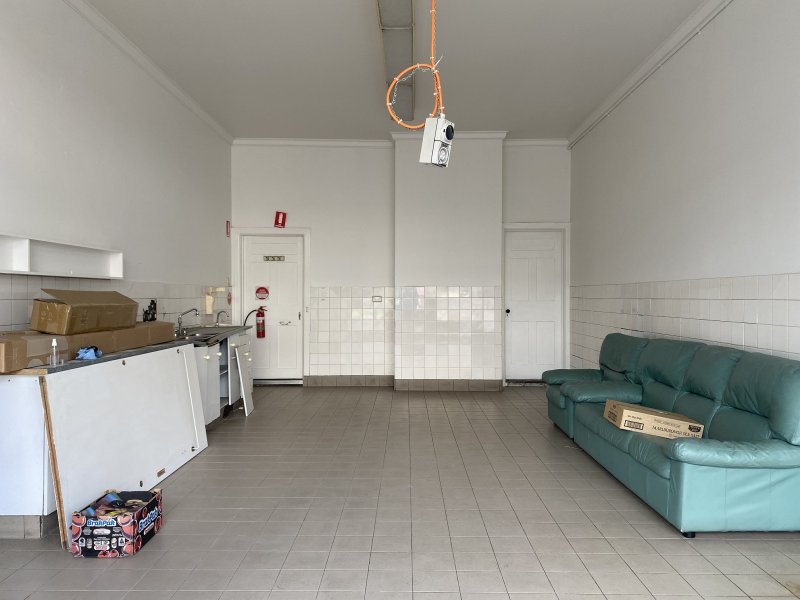


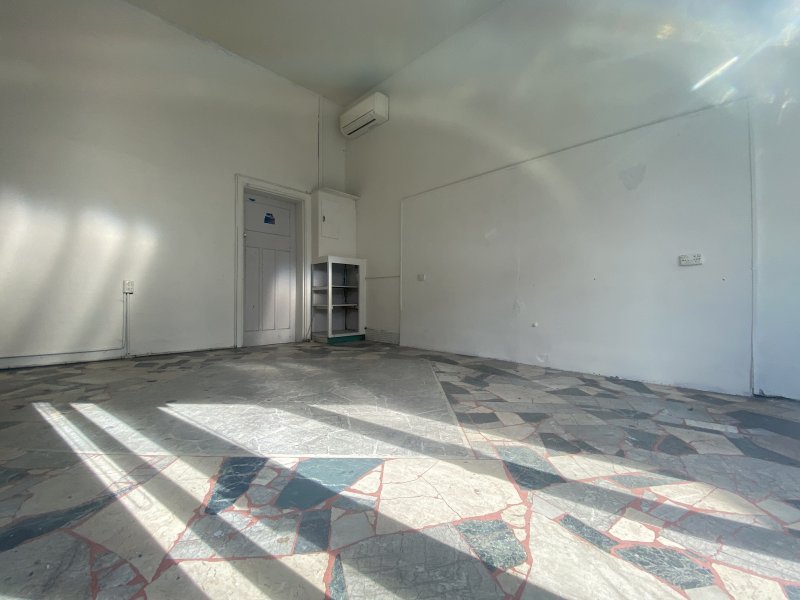

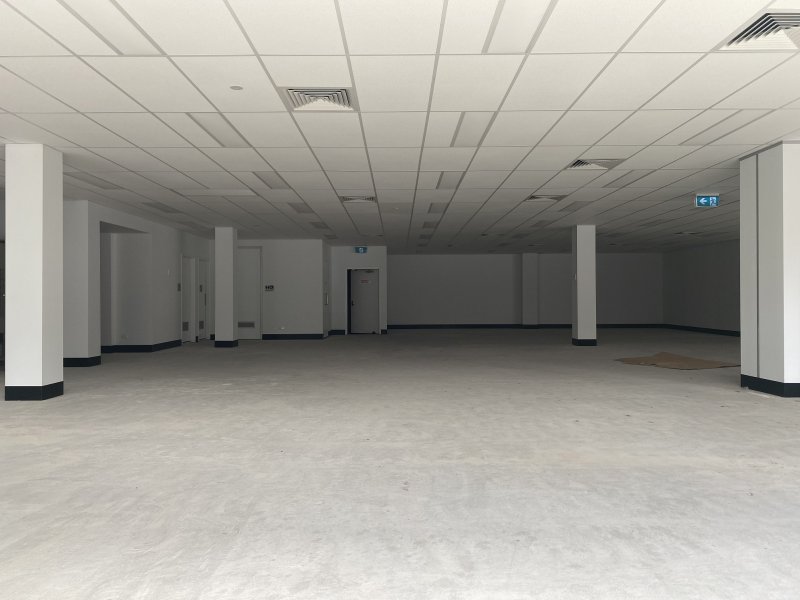

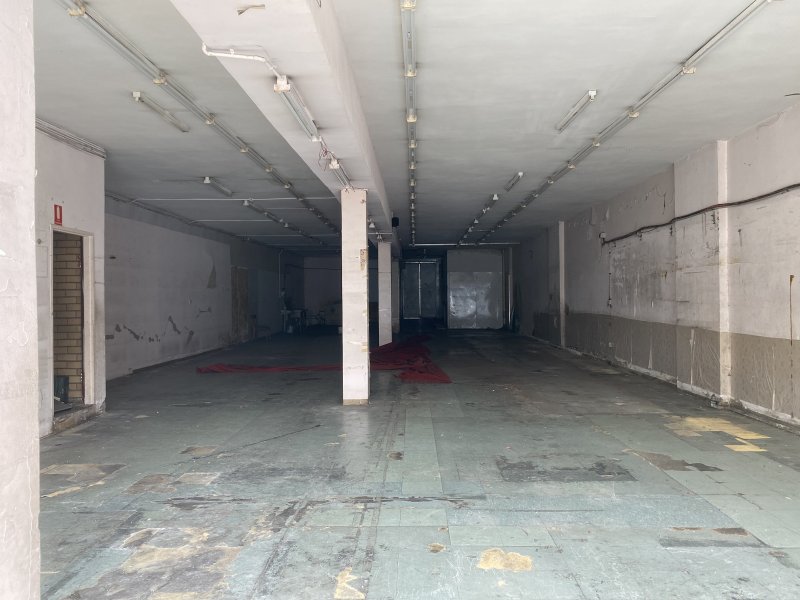
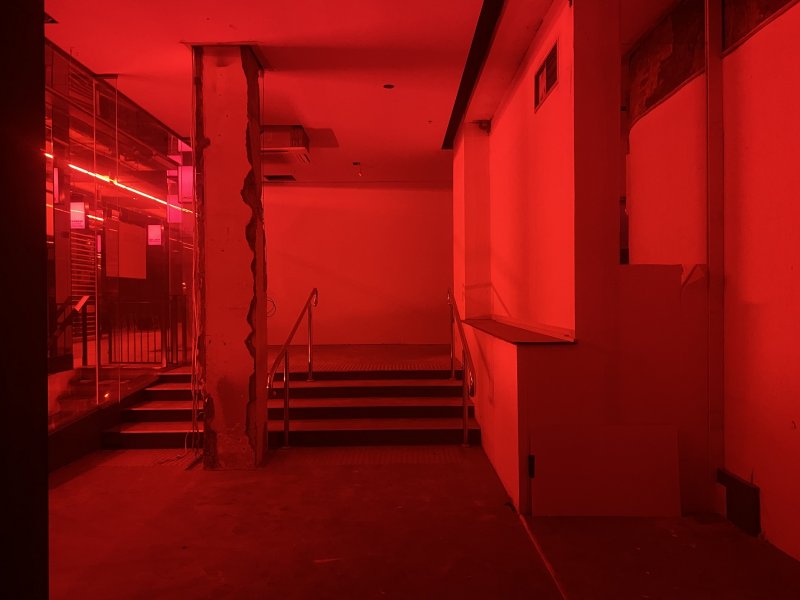

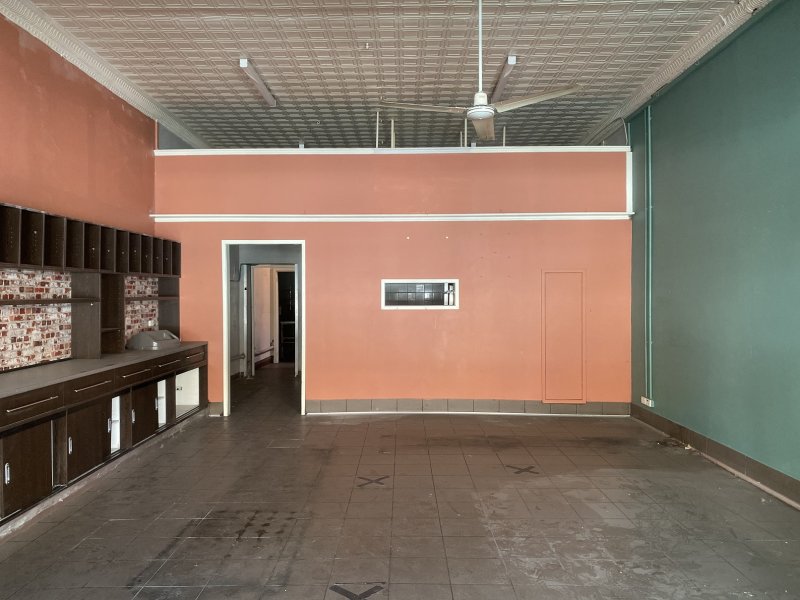

The project began during Melbourne’s seventy-seven day lockdown in 2021 and ended when it did. Given that Melbournians have endured more than 250 days in lockdown—the longest period anywhere in the world—the project acted both as a type of lockdown diary and a panacea. The images were taken by pressing my phone up against the shop window thereby dissolving the glass’s reflective properties and giving the images the appearance that they were taken from inside. I only took photos of shops that had For Lease or eviction notices posted on them and the bulk of these are empty shells with few traces of their former life, bar the skeletal remnants of their interior design—the odd hanging rack, light, shelving system, floating counter, wallpaper, painted background, sink, or chair. In the shops that abut another, there’s always a door leading out back. Sometimes there are piles of things left behind or still to be moved, residual and forlorn objects stripped of their context. There are also a number of indistinct images in the series where the shop windows were covered by plastic, paper, curtains, timber and so on, which made it impossible to capture an image of the interior. These were shops with For Lease signs, where the owner or agent understood that the abject image of vacancy described an end, when they wanted instead to describe some possible future.
Every shop that closes has tentacles that reach deep into the heart of our communities. There are the obvious economic and social effects; the livelihoods of the business owners and their employees, their families and the supply chains that rely on them functioning, to the landlords who similarly might rely on the rent. Less obvious is the symbolic effect that this emptiness has on the character of our streets, on our public spaces that were largely abandoned during the pandemic, save for clusters of homeless people, tradies and the odd masked queue for coffee at a café window. When occupied, the shop window is like a vitrine of objects in a museum that, as Walter Benjamin taught us so poetically, animates the recent past and prophesises a collective future. When empty, time appears absent.
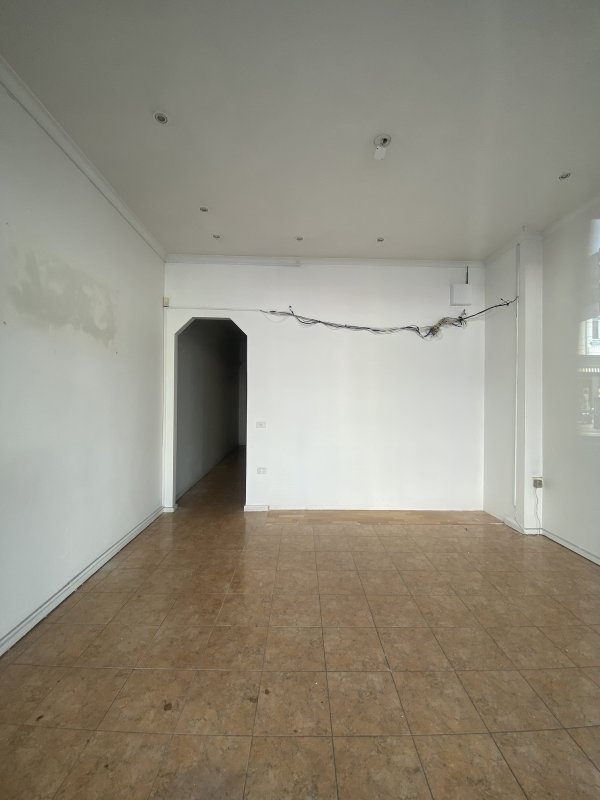


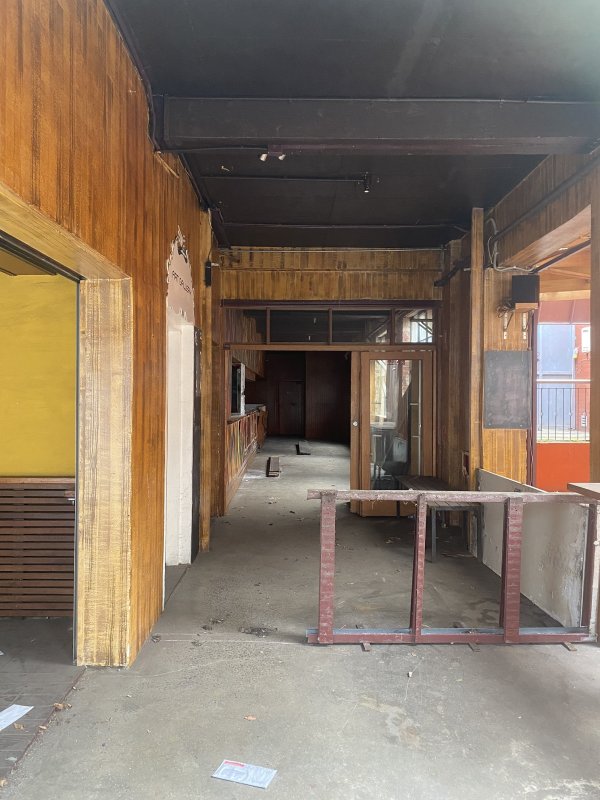
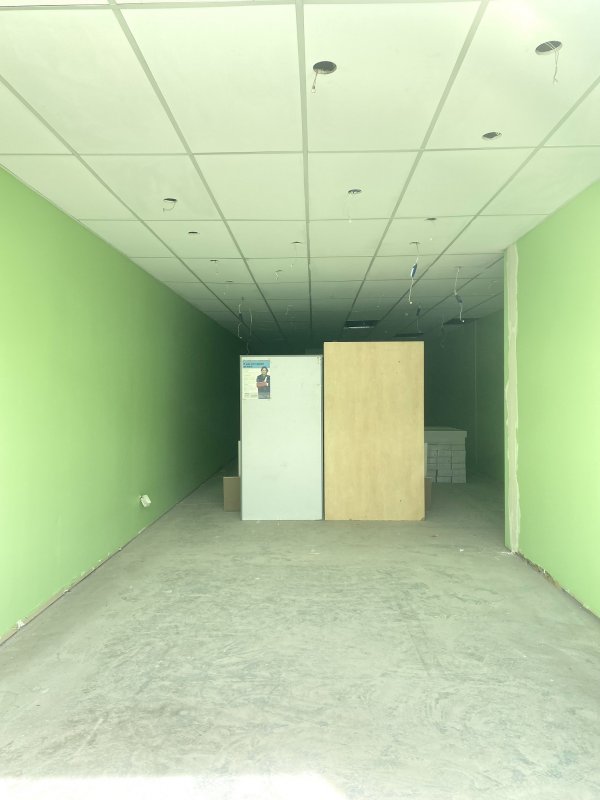

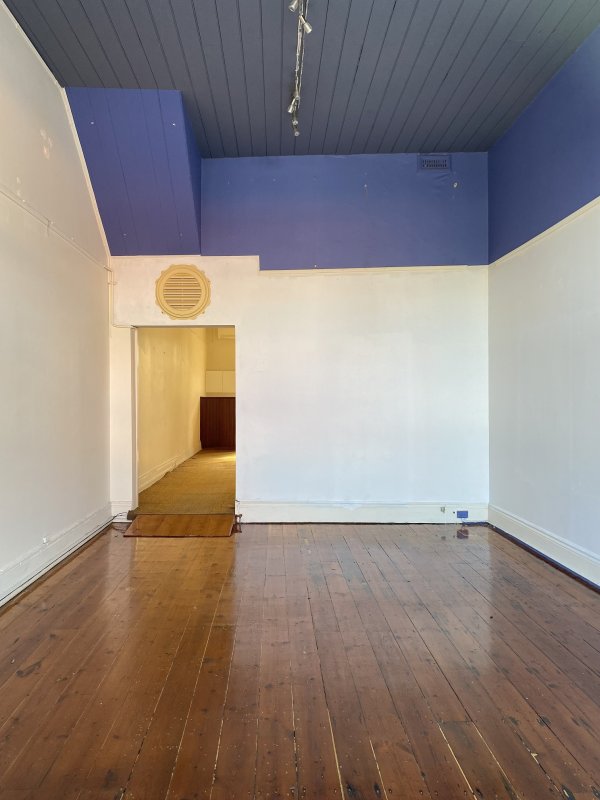
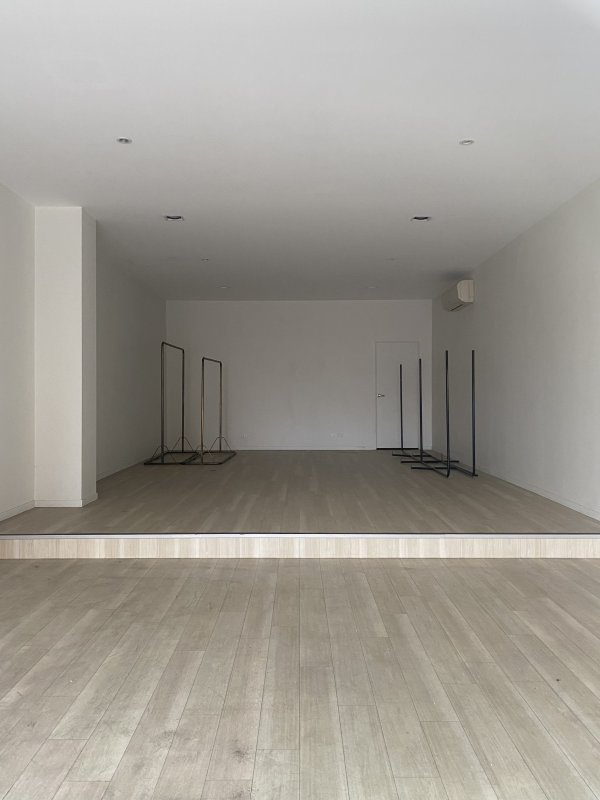
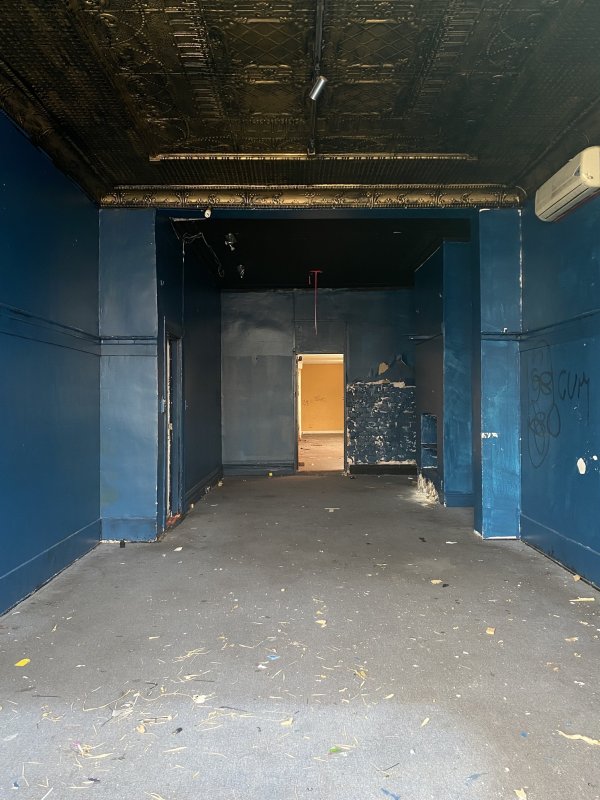
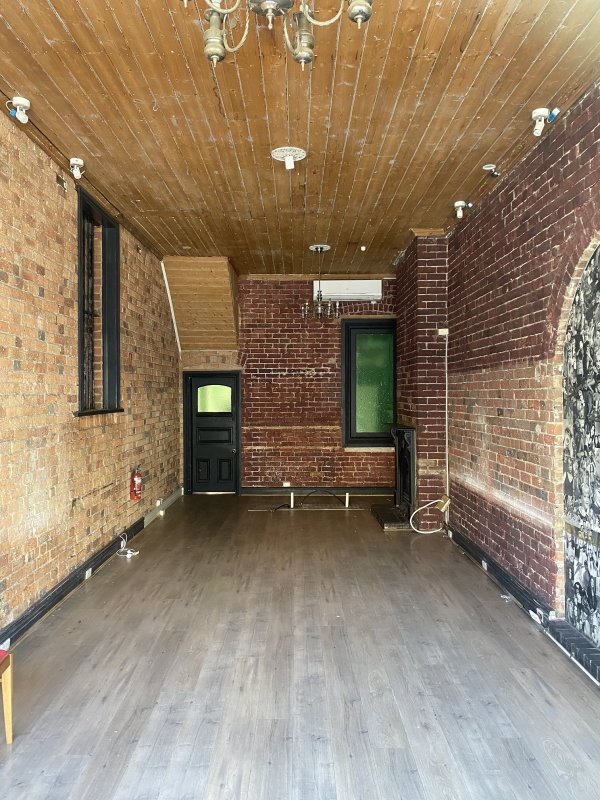
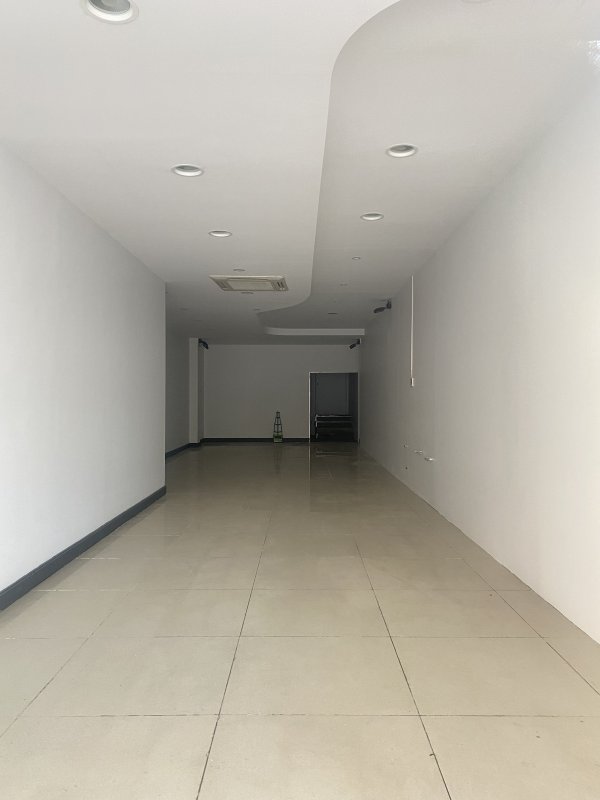

Despite the relentless repetition of this archive, the empty shop remains a beautiful image too. Beautiful as a ruin often is. Beautiful precisely because it isn’t smooth, rather it is worn out and melancholic. In an odd way, the empty shop image is similar to that other contemporary image of insecurity that proliferates so broadly; the selfie. The selfie too lacks expression and is inherently insecure.1 Perhaps these voids accumulated here act like spatial selfies, images taken to act as reminders of this moment in time and nothing more.
1. For reference here see Byung –Chul Han. 2018, ‘Saving Beauty’ Polity. 2018. 12
2. All images courtesy of Callum Morton and Anna Schwartz Gallery, Melbourne
Author/s: Callum Morton
Callum Morton. 2022. “Voids.” Art and Australia 57, no.2 https://artandaustralia.com/57_2/m52/
Art + Australia Editor-in-Chief: Su Baker Contact: info@artandaustralia.com Receive news from Art + Australia Art + Australia was established in 1963 by Sam Ure-Smith and in 2015 was donated to the Victorian College of the Arts at the University of Melbourne by then publisher and editor Eleonora Triguboff as a gift of the ARTAND Foundation. Art + Australia acknowledges the generous support of the Dr Harold Schenberg Bequest and the Centre of Visual Art, University of Melbourne. @Copyright 2022 Victorian College of the Arts The views expressed in Art + Australia are those of the contributing authors and not necessarily those of the editors or publisher. Art + Australia respects your privacy. Read our Privacy Statement. Art + Australia acknowledges that we live and work on the unceded lands of the people of the Kulin nations who have been and remain traditional owners of this land for tens of thousands of years, and acknowledge and pay our respects to their Elders past, present, and emerging. Art + Australia ISSN 1837-2422
Publisher: Victorian College of the Arts
University of Melbourne
Editor at Large: Edward Colless
Managing Editor: Jeremy Eaton
Art + Australia Study Centre Editor: Suzie Fraser
Digital Archive Researcher: Chloe Ho
Business adviser: Debra Allanson
Design Editors: Karen Ann Donnachie and Andy Simionato (Design adviser. John Warwicker)
University of Melbourne ALL RIGHTS RESERVED
